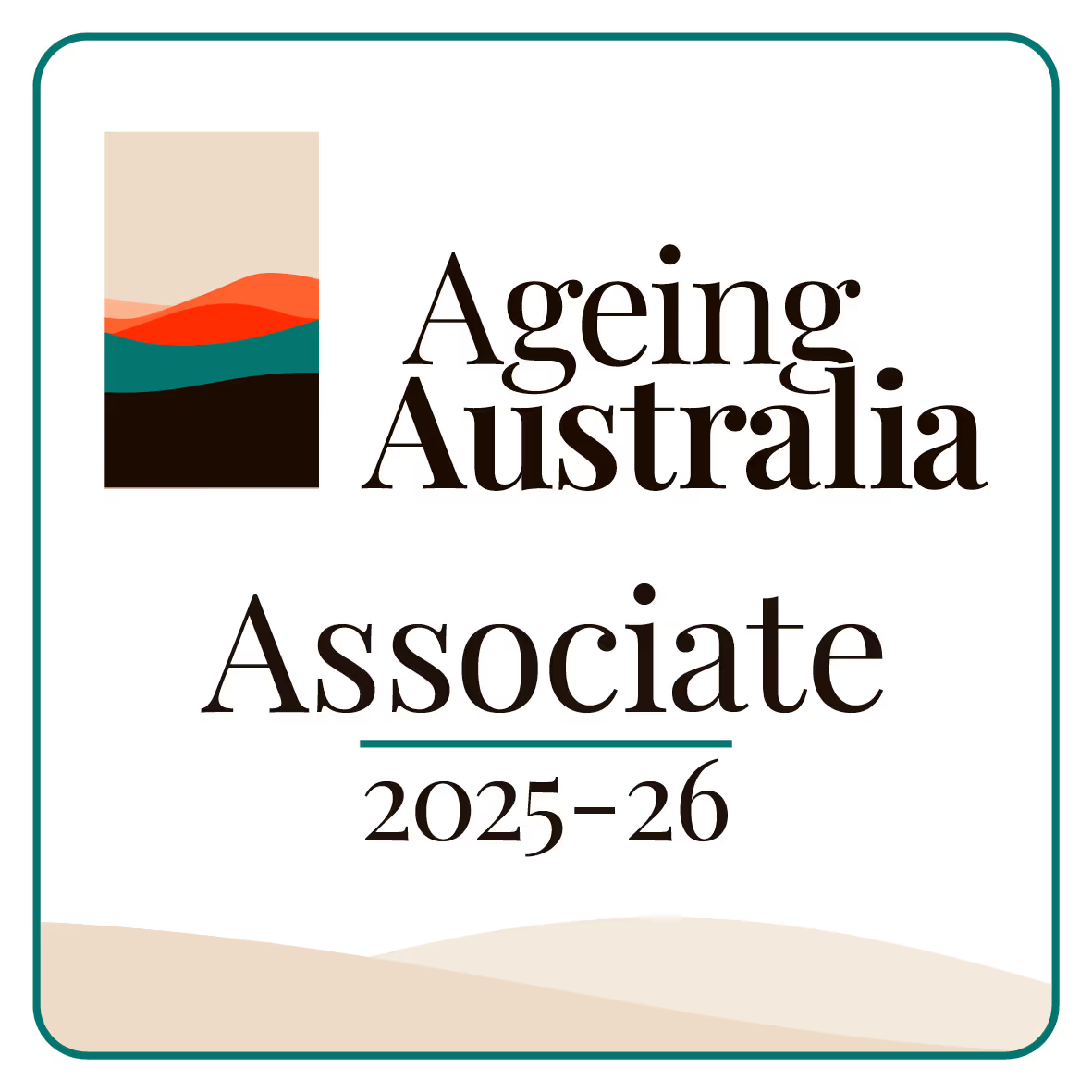When things go wrong in aged care, the clock starts ticking. A fall, a mix-up with medication, or a misunderstanding between residents—it all matters. But how you handle it can make the difference between a learning moment and a bigger problem down the track.
Incident reporting in aged care is not just a box to tick. It is about protecting the people in your care, looking out for your staff, and building a safer place for everyone. If your reporting process feels more like a maze than a clear path, then this guide is here to help.
Let us walk through the simple, no-nonsense way to handle incident reporting the right way.
Why Incident Reporting Matters
Accidents happen, even with the best care. What matters is how you respond.
When you report incidents clearly and on time, you are not just covering your back. You are building trust, finding patterns, and fixing issues before they turn into major risks. You also help your team feel heard and supported.
Think of incident reporting like writing down footprints in wet cement. It leaves a mark you can come back to, learn from, and improve upon.
What Counts as an Incident?
You might be surprised at what should be written up.
Here is a quick list of things that should go into your aged care reporting system:
- Falls or slips (even if no one got hurt)
- Medication errors (wrong dose, missed dose, or given to the wrong person)
- Aggressive behaviour or verbal abuse
- Equipment failures
- Missed care routines (like not helping someone to the toilet on time)
- Allergic reactions or choking
- Errors in food handling
- Lost items, especially hearing aids, glasses, or dentures
If you are unsure, write it down anyway. Better safe than sorry.
.png)
Keep It Simple: The Reporting Process
A good reporting process is like a recipe. Everyone needs to follow the same steps, every time.
Step 1: Act Quickly
As soon as something happens, take care of the resident first. Get help if needed. Once the situation is under control, write it down. Do not wait until your shift ends or think you will remember it later.
Step 2: Write What You Saw
Stick to the facts. Who was involved? What happened? Where and when did it happen? What did you do next? Keep your language clear and neutral.
Instead of:
“Mr. Jones was clumsy again and fell.”
Try:
“Mr. Jones was walking unaided through the hallway at 3:10 PM and slipped on a wet patch.”
Step 3: Use the Right Forms
Every aged care home has its own forms or digital reporting system. Use the one provided by your workplace. These reports often feed directly into safety logs and reviews.
Step 4: Tell the Right People
Make sure your team leader or nurse in charge knows about the report. They may need to contact the resident’s family, the doctor, or other care team members. In some cases, the regulatory body might also need to be notified.
Step 5: File and Follow Up
Once the report is done, file it properly. But do not stop there. Some incidents need further action—a care plan might need to be updated, equipment repaired, or training provided.
Common Pitfalls to Avoid
Even experienced staff can trip up when it comes to incident reporting. Here are a few potholes you will want to dodge:
- Waiting too long to report: Fresh memory gives better details.
- Guessing instead of stating facts: Write only what you saw, not what you think happened.
- Leaving out small details: That "tiny" crack in the floor or dim light might explain a lot.
- Not reporting near misses: Just because nobody got hurt does not mean it should be ignored.
If it raised your eyebrows, it probably belongs in the report.
.png)
Why Safety Logs Are Worth Their Weight in Gold
A well-kept safety log is like a safety net—it catches the things that slip through the cracks.
These logs help you:
- Spot patterns over time (like repeated falls in one room)
- Prove compliance during audits
- Track follow-ups and improvements
- Show your commitment to quality care
They are not just paperwork—they are your memory bank.
Creating a Reporting Culture That Works
You cannot do it alone. Aged care incident reporting only works when your whole team is on the same page.
Here is how to keep it ticking:
Talk About It Openly
Do not treat reporting like troublemaking. Let your team know it is okay to report even the small things. The goal is not to blame but to learn.
Train Your Staff
Make reporting part of induction and refresher training. Use clear examples and walk them through a mock report so no one is guessing.
Keep the System Friendly
If your reporting system feels like climbing a mountain, staff will avoid it. Keep it simple, quick, and clear.
Give Feedback
When someone reports an incident, let them know what happened next. It shows their effort was not wasted and builds confidence in the process.
Digital or Paper? Choose What Works
Some homes still use paper forms. Others have switched to digital systems. Either way, the most important thing is that it works and everyone knows how to use it.
Pros of Digital Reporting Systems
- Faster to fill out
- Easier to track and search past reports
- Less chance of losing paperwork
- Can send alerts to managers
Pros of Paper-Based Systems
- Simple for less tech-savvy staf
- No power or internet needed
- Easy to keep at hand in an emergency
Whether you are clicking or scribbling, make sure the system fits your team.
When Should You Escalate an Incident?
Not every incident needs to go up the chain, but some do.
Contact higher management or relevant authorities if:
- A resident needs medical attention
- A pattern of repeated incidents is forming
- There is a risk of harm to others
- The incident breaches regulatory standards
Do not worry about over-reporting. It is better to be heard than to be silent and sorry.
.png)
Quick Checklist for Effective Incident Reporting
Before you put that report away, ask yourself:
- Did I write it as soon as possible?
- Did I include who, what, where, when, and how?
- Did I keep to the facts?
- Did I notify the right person?
- Did I log it in the system?
Tick those off, and you are good to go.
Final Thoughts: Reporting Is Everyone’s Job
Incident reporting in aged care is not just the responsibility of the nurse or team leader. From cleaners to kitchen staff, anyone who sees or hears something unusual should speak up.
It is like a jigsaw puzzle. Each person holds a piece of the bigger picture. When everyone does their part, the full picture becomes clearer, and the care becomes stronger.
So next time something happens—big or small—take a breath, grab that form or log in to the system, and write it down. Your future self (and your residents) will thank you for it.










